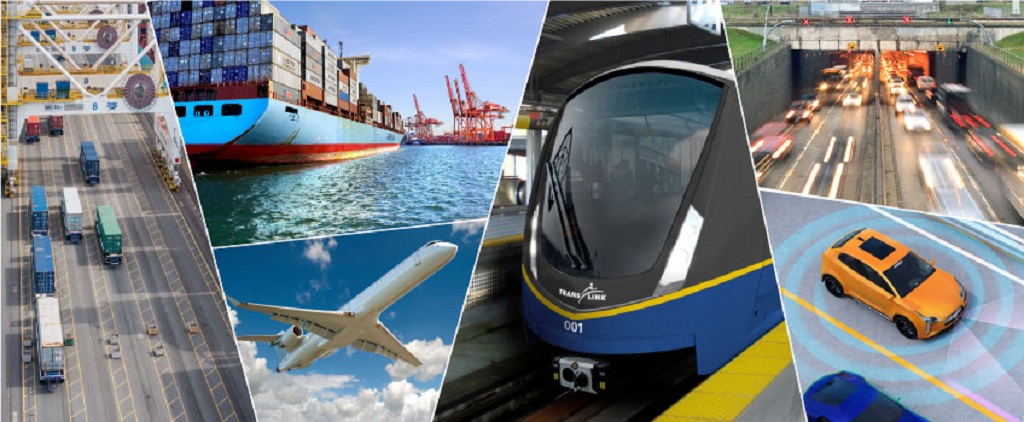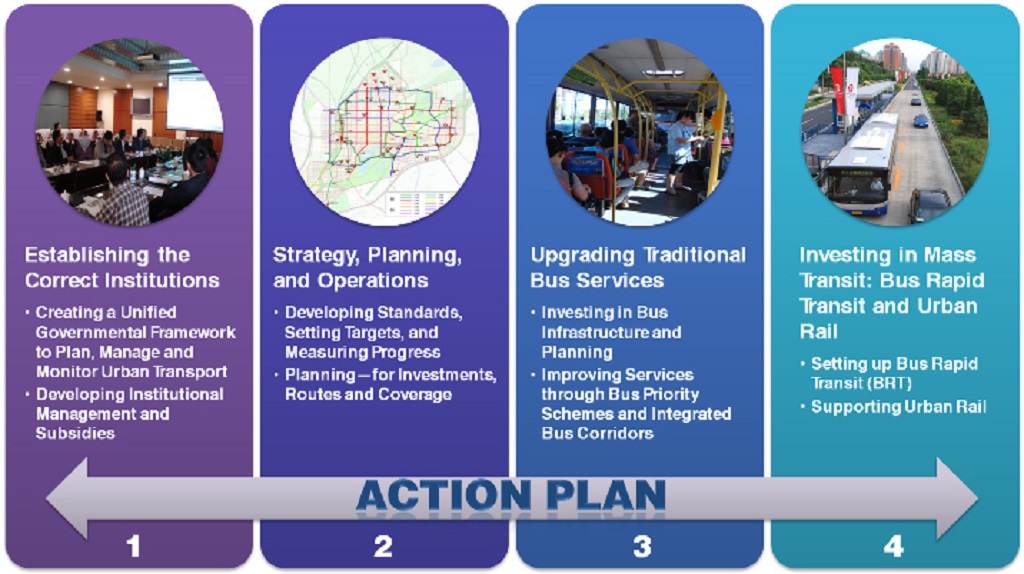Are you tired of long and frustrating commutes? Do you often find yourself stuck in traffic jams, wishing for a more efficient and convenient transportation system? You’re not alone. The transportation system plays a pivotal role in our daily lives, affecting our productivity, stress levels, and overall well-being. In this article, we’ll delve into strategies that can revolutionize the way we commute and make our journeys smoother, faster, and more enjoyable. This article is presented by Localvaluemagazine.com.
Enhancing Public Transportation: A Path to Efficient Commutes
1. Improve Bus Frequency
One of the keys to a successful public transportation system is consistent and frequent service. Transit agencies need to keep a vigilant eye on vehicle loads, especially during peak hours. By making timely adjustments to mitigate crowding, passengers can experience a more comfortable journey. Additionally, visible hygiene measures and encouraging mask-wearing can help instill confidence among passengers. Let’s not forget the importance of the ride itself – a smoother and quieter bus ride can significantly reduce stress and attract more riders. Discover modern transport solutions.

2. Priority for Public Transport on Roads
Imagine a scenario where buses and trams breeze through traffic while cars remain stuck. This vision can become a reality by giving priority to public transport vehicles on the road. By providing dedicated lanes and signal prioritization, the efficiency of public transport could soar, making it an appealing choice for commuters.
3. Connectivity and Convenience
In today’s digital age, connectivity is everything. Enhancing the ways travelers engage with their journey can enhance the overall commuting experience. Leveraging smartphones to connect touchpoints and provide real-time information can bridge the gap between users and operators. This not only empowers passengers but also facilitates efficient operations.
4. Optimizing Bus Routes
Navigating a city’s transit system can sometimes be confusing due to overlapping bus routes. Optimizing these routes to minimize redundancy and ensure comprehensive coverage across the city can significantly improve the attractiveness of public transport. Commuters would appreciate a straightforward and efficient route that takes them where they need to go without unnecessary detours.
Enhancing Efficiency and Customer Satisfaction
5. Reduce Fraud
Fraudulent activities not only harm the financial stability of public transport systems but also erode public trust. Implementing measures to reduce fraud can lead to a more transparent and efficient transportation network. This might involve digital ticketing systems, vigilant monitoring, and robust security protocols.
6. Improving Customer Satisfaction and Safety
The quality of the ride is paramount when it comes to customer satisfaction. A smoother, quieter journey can significantly reduce stress levels and make the commuting experience more enjoyable. Hygiene is equally important, especially in a post-pandemic world. Visible hygiene measures and mask-wearing can provide reassurance to passengers, encouraging them to choose public transport with confidence.
7. Increase Opportunities for Telecommuting
With technological advancements, telecommuting has become more feasible than ever. By encouraging employers to offer remote work options, we can reduce the number of cars on the road, easing traffic congestion and improving overall traffic flow. This also aligns with the modern workforce’s desire for flexibility and work-life balance.
8. Offer Incentives
Sometimes, a little incentive can go a long way. To promote the use of public transportation, consider offering incentives such as discounted or even free bus fares. These incentives can help offset the perceived inconvenience of using public transport and encourage more people to make the switch.
Conclusion
As we’ve explored various strategies to improve the transport system, it’s evident that small changes can lead to substantial improvements. From enhancing bus frequency to prioritizing public transport on roads, each step contributes to a more efficient and user-friendly commuting experience. By reducing fraud, improving customer satisfaction, and embracing telecommuting, we can transform our transportation system into a seamless and convenient network that benefits us all.
FAQs
Q1: Can improving bus frequency really make a difference in commuting?
Absolutely! Frequent and reliable bus service can drastically reduce waiting times and overcrowding, making the overall commuting experience much better.
Q2: How can prioritizing public transport on roads alleviate traffic congestion?
By providing dedicated lanes and signal priority, public transport vehicles can move more swiftly, encouraging more people to choose buses and trams over private cars.
Q3: How does optimizing bus routes contribute to an improved transport system?
Optimized routes ensure that buses cover the city efficiently, reducing redundant paths and making it easier for commuters to navigate.
Q4: What role does telecommuting play in transportation improvement?
Telecommuting reduces the number of cars on the road, decreasing traffic congestion and contributing to a more sustainable transportation system.
Q5: Why are incentives important for encouraging public transport use?
Incentives like discounted fares make public transport a more appealing option, offsetting perceived inconveniences and encouraging more individuals to embrace a greener commute.






